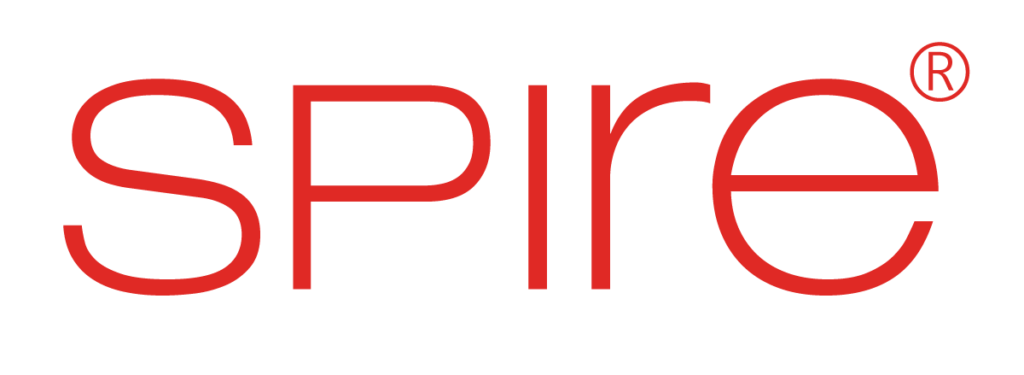
Applicant Tracking System
What is an Applicant Tracking System?
An Applicant Tracking System (ATS) is a software tool used by recruiters and employers to manage the hiring process. It automates the collection, organization, and tracking of candidate information. ATS simplifies recruitment by helping to manage resumes, job applications, and communications with candidates. By streamlining these tasks, an ATS improves efficiency and reduces manual work for HR teams. It also helps employers maintain a consistent and organized recruitment process, ensuring no candidate is overlooked.
Key Features of an Applicant Tracking System
ATS offers a range of features that help organizations manage their hiring process. Key features include:
- Resume Parsing: Automatically extracts and organizes key details from resumes.
- Job Posting Distribution: Sends job openings to various job boards and career sites.
- Candidate Screening: Evaluates resumes to match candidates with job descriptions.
- Interview Scheduling: Helps to coordinate and schedule interviews with candidates.
- Applicant Data Management: Stores and organizes candidate data in an accessible format.
These features save time, improve accuracy, and allow HR teams to focus on high-level tasks like decision-making.
How an Applicant Tracking System Works
An ATS collects applications submitted through job postings. Candidates’ resumes are parsed and categorized based on skills, experience, and qualifications. The system sorts candidates based on keywords and other criteria. Recruiters can then filter and rank candidates, ensuring the best ones move forward in the hiring process. ATS also tracks communication history, such as interviews and feedback, allowing recruiters to keep everything in one place.
Benefits of Using an Applicant Tracking System
- Increased Efficiency: ATS automates manual tasks, saving time for HR teams.
- Improved Candidate Experience: With faster application processing and communication, candidates feel more valued.
- Reduced Bias: An ATS can be programmed to evaluate candidates based on qualifications, not personal characteristics.
- Better Collaboration: ATS allows team members to collaborate in real-time, making it easier to make hiring decisions.
- Compliance: ATS helps employers maintain hiring records and comply with labor laws and regulations.
Types of Applicant Tracking Systems
ATS systems come in several types:
- Cloud-Based ATS: Hosted on the cloud, these systems are accessible from anywhere and require minimal maintenance.
- On-Premise ATS: Installed directly on a company’s servers, offering more control but requiring IT support.
- Open-Source ATS: Software that can be customized and adjusted according to the organization’s needs.
Each type has its own advantages depending on company size, budget, and technical resources.
Challenges of Using an Applicant Tracking System
- Keyword Dependence: Over-relying on keywords can result in qualified candidates being overlooked.
- Integration Issues: ATS may not integrate well with other HR software, causing inefficiencies.
- Impersonal Candidate Experience: Candidates may feel disconnected if the process is too automated.
- Initial Setup Complexity: Customizing an ATS to fit your company’s hiring needs can take time.
Despite these challenges, many organizations find the benefits outweigh the drawbacks. It is important to choose an ATS that fits your company’s needs and ensures smooth integration.
Best Practices for Using an Applicant Tracking System
- Tailor the ATS to Your Needs: Customize the system to reflect your company’s recruitment process.
- Use Clear, Concise Job Descriptions: Help the ATS easily match candidates to the right positions.
- Regularly Review and Adjust Keywords: Keep your ATS updated to avoid overlooking qualified applicants.
- Ensure Mobile Compatibility: Ensure the ATS is user-friendly for candidates applying from mobile devices.
Conclusion
An Applicant Tracking System is a vital tool for modern recruitment. It automates many aspects of hiring, making the process faster and more efficient. By managing resumes, job applications, and candidate data in one place, ATS allows HR teams to focus on what matters most—selecting the right talent for the job. To maximize the effectiveness of an ATS, it is important to choose a system that fits your company’s needs and continuously optimize it for better performance.



